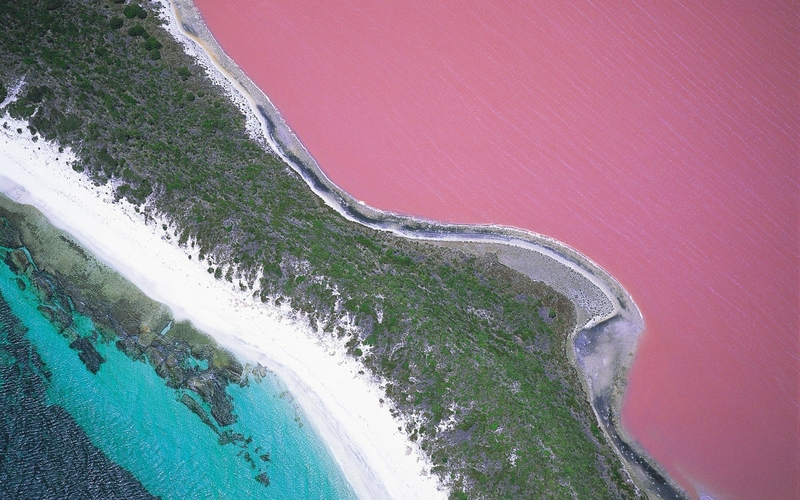Whether you’re a beach lover, a mountain climbing fanatic, or simply love nature, these five natural wonders are sure to take your breath away. So, next time you are in the mood for an outdoor adventure, be sure to consider any of these places for your next travel destination. We promise you won’t regret it.
If you’re a beach lover, this is definitely one natural wonder you can’t miss. Ironically, this glass beach in Fort Bragg, California, is a product of years of garbage being dumped on the shore. In the 1960s, regulations were finally put in place to stop the littering, and over time, whatever garbage was left was broken down by the sea into colorful pebbles, becoming one of the countries most famous tourist destinations.
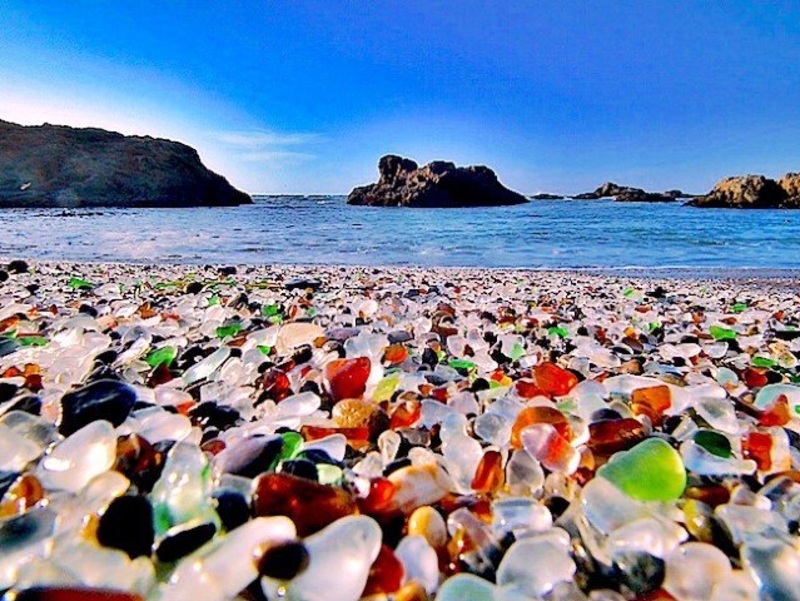
Just the name of this place gives us the chills. The eerie Whale Bone Alley in Yttygran Island, Siberia, is located about 80 km off the Alaskan coast, and it is basically an ancient whale cemetery in an incredibly beautiful landscape. Here you’ll find anything from whale ribs and vertebrae, to huge jawbones, that stand naturally on the ground, forming a sort of alleyway. To this day, it is still unclear whether this was a sacred place for the island’s native tribes, or simply a spot where whales were slaughtered for different purposes. Regardless, it is definitely worth a visit. It’s not everyday you get to see a natural whale cemetery.
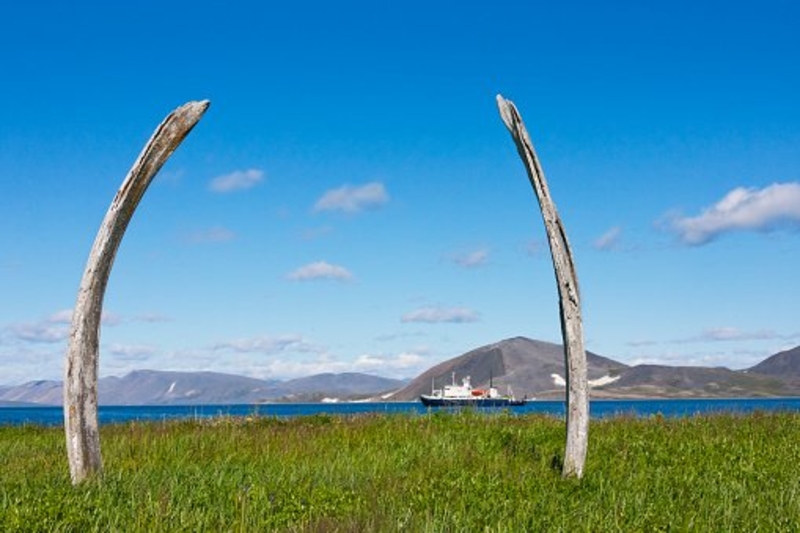
Another one for those who like a beach with a twist, this Red Beach, located 30 km southwest of Panjin, China, is covered in a specific type of seaweed that makes the water look bright red in autumn. The seaweed is called Sueda, and it makes this beach a very important place for migrating birds. Since the locals are very protective of this unique natural reserve, only a very small section of the beach is available for public use. However, you can see the entire beach by walking through a wooden passage that extends into the ocean.
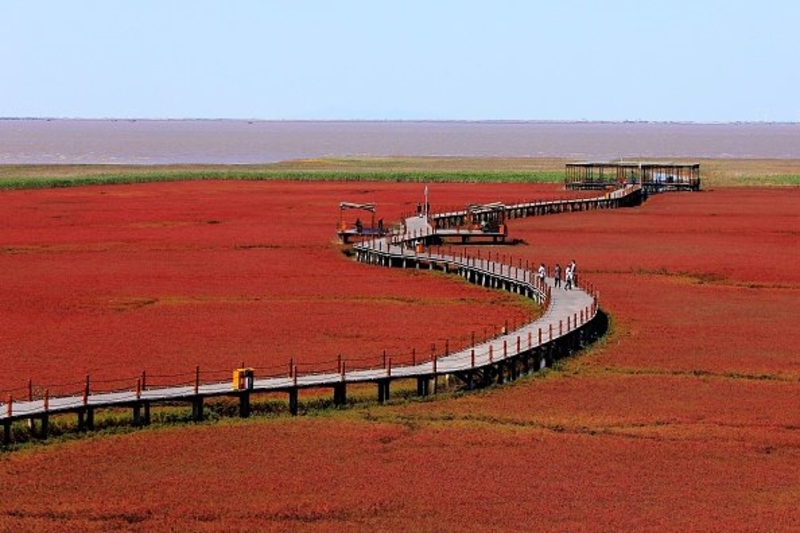
No, they’re not actual chocolate hills. We were bummed at first, too. However, these weird conical hills in Bohol Island, in the Philippines, are still a sight worth seeing. The 1,700 hills have such a regular shape, that it looks like someone just placed them there in perfect order. As it turns out, they are the result of coral deposits and a rainwater erosion. Their deceiving name is only because their leaves turn from bright green to chocolatey brown during the country’s dry season. We know, we were hoping there was chocolate buried somewhere under there.
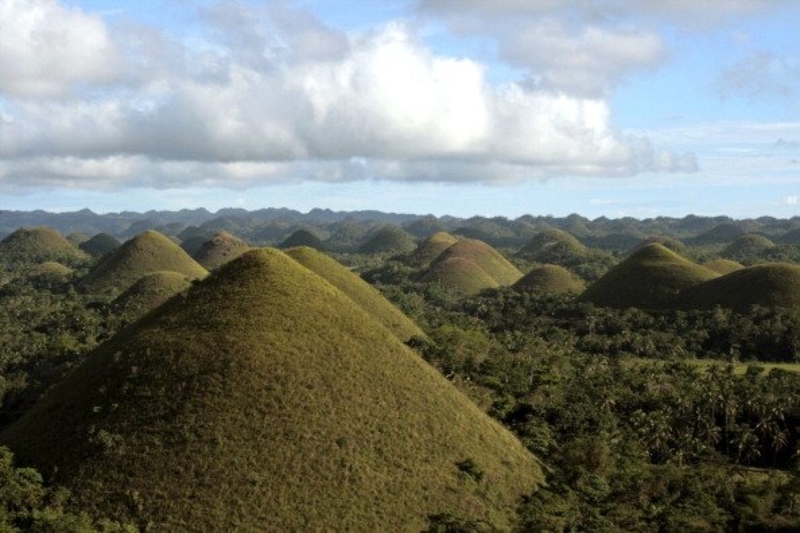
In 1802, the one-of-a-kind Lake Hillier was discovered in one of the islands of Western Australia’s Recherche Archipelago. The reason behind it’s beautiful pink hue are the halobacteria present in the lake’s water, which are actually pink. These bacteria combined with a specific type of algae (Dunaliella salina) and a high concentration of salt, give this Australian natural wonder its unique color.
